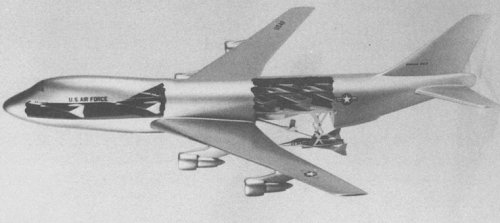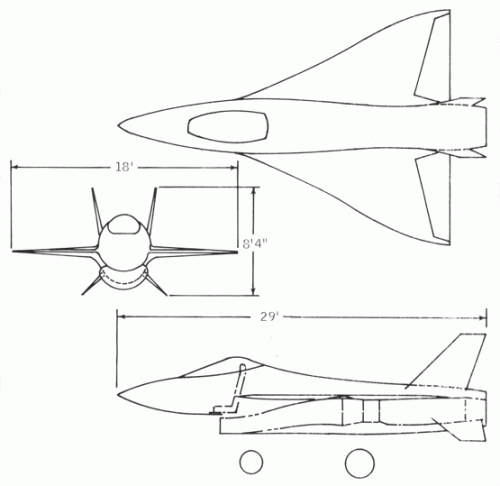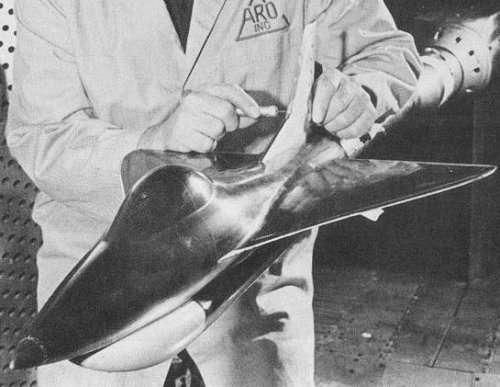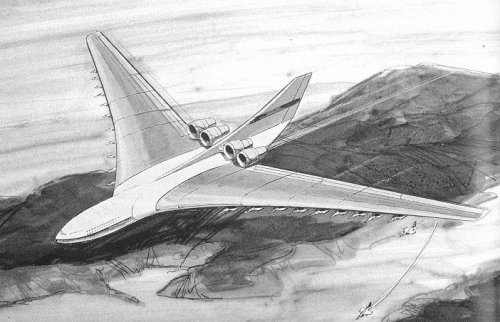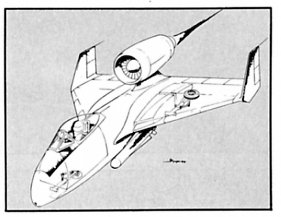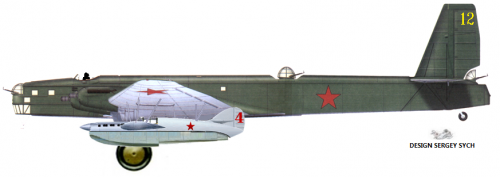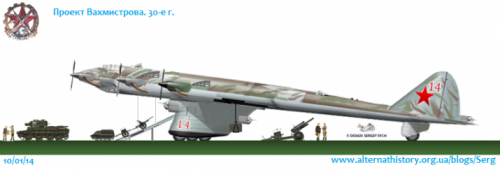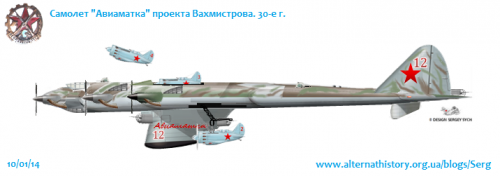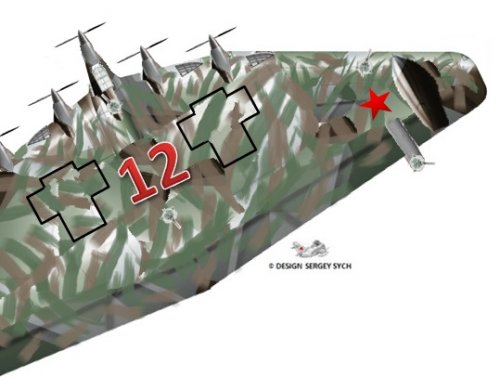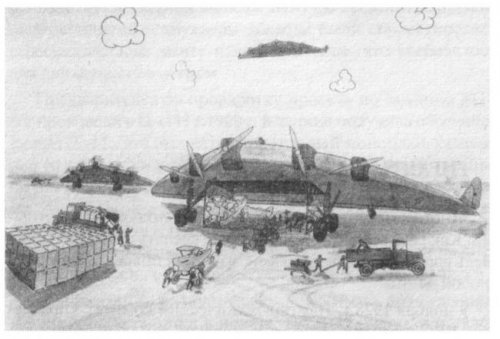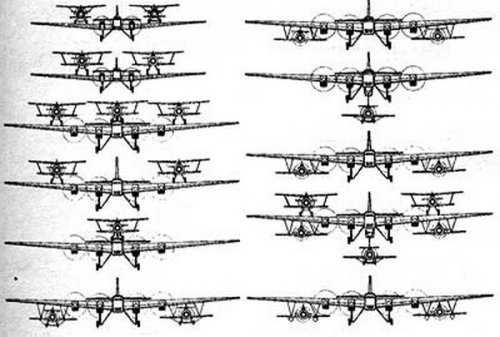Excerpt from NAVAL WAR COLLEGE NEWPORT PAPERS 37; Innovation in Carrier Aviation.
<hr>
What is easily forgotten when considering the activities of BuAer under Rear Admiral
Pride’s leadership is the menu of possibilities that wartime expenditures had produced.
There were the obvious ones: jet propulsion, rockets, radar for night fighters, airbreathing
missiles, and new supersonic-aircraft designs, such as the delta wing. But
there was much more. The BuAer “Research and Development Master Program” for fiscal
year 1947—a document put together early in 1946—contained some breathtaking
proposals. Perhaps the most audacious was Project JUPITER, an “airborne aircraft carrier”
that would carry both “parasite” manned fighters and pilotless aircraft. This flying
carrier was to have been “an airplane in the 4–600,000 lb. class, powered by gas turbines,
cruising at 35 to 40,000 feet at 400 to 475 MPH, with a radius of action of 2500–
3500 miles.”48 The Army Air Forces analog to this behemoth was the November 1945
general operational requirement for the next generation of heavy bombers.Meeting
this requirement led U.S. Air Force officers to develop a 1948 design of a swept-wing jet
aircraft weighing over three hundred thousand pounds, carrying a ten-thousandpound
payload to forty-five thousand feet, and flying almost seven thousand miles at a
speed of approximately 450 knots.49
The “Research and Development Master Program” also contained proposals for refining
the liquid-fuel and solid-fuel rocket engines for the Gorgon, Super Gorgon, and
Lark missiles, plus money proposed for work on pulse-jet engines for missiles and target
drones.What drove BuAer’s investment in both Project JUPITER and missiles was
the need to extend the range of a carrier’s striking power against land targets. A 1947
BuAer memorandum argued that “carrier striking power cannot be limited to a range
of six to seven hundred miles, otherwise the carrier program would stand in a precarious
situation when compared to the long range bombardment plans of the Army Air
Forces.”50 As Malcolm Muir notes in his history of Navy surface warfare after World
War II, the Bureaus of Aeronautics and Ordnance “advanced a bewildering variety of
missile projects during the immediate postwar period.”51 One of Rear Admiral Pride’s
more difficult tasks, therefore, was to wade through all the proposals and research-and
development efforts and decide which ones really mattered.
<hr>
48. “Research and Development Master Program,”
Fiscal Year 1947, Bureau of Aeronautics,
“Parasite Fighter Study” section (no
page number). This document was in “Navy
Department, Bureau of Aeronautics,” subhead
4, “Appropria. Aviation, Navy 1947,
1771502.004, Experimental.”
49. See Mandeles, Development of the B-52 and
Jet Propulsion.
50. See Norman Friedman, U.S. Naval Weapons
(Annapolis,Md.: Naval Institute Press,
1982), p. 217.
51. Malcolm Muir, Jr., Black Shoes and Blue Water:
Surface Warfare in the United States
Navy, 1945–1975 (Washington, D.C.: Naval
Historical Center, 1996), p. 29. For wartime
developments, see Buford Rowland and William
Boyd, U.S. Navy Bureau of Ordnance in
World War II (Washington, D.C.: U.S. Navy
Dept., Bureau of Ordnance, 1953).

